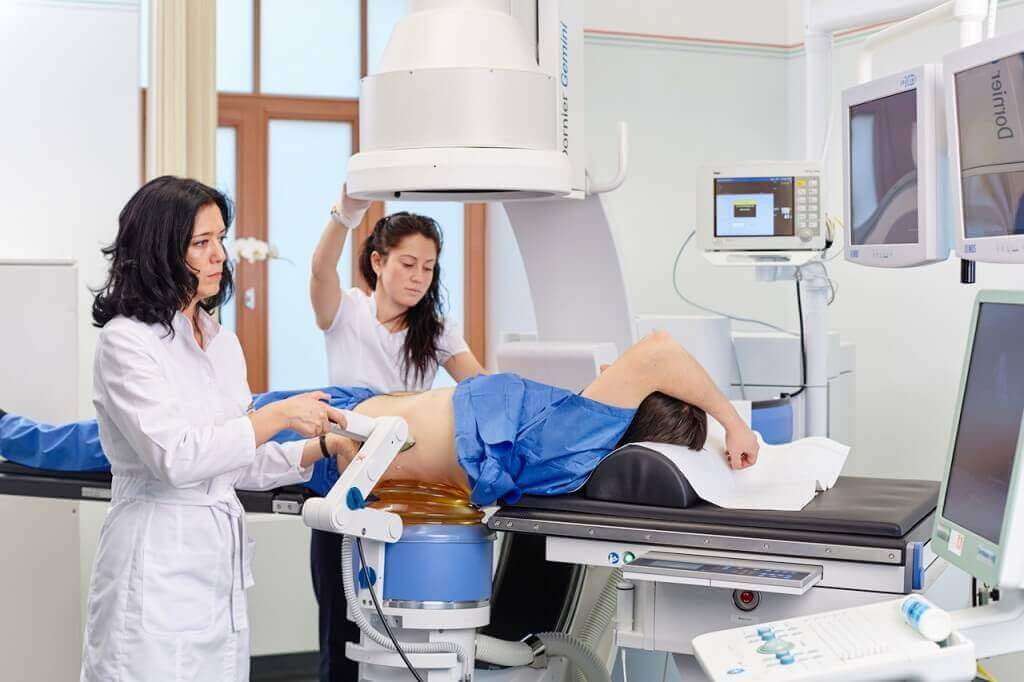
Lithotripsy is a medical procedure used to treat kidney stones and stones in other organs, such as the gallbladder or liver. The term "lithotripsy" comes from the Greek words "lithos" (stone) and "tripsis" (friction or rubbing). The procedure is typically non-invasive, meaning it doesn't require surgery. Instead, it uses shock waves to break up the stones into smaller pieces that can be passed out of the body more easily through urine. Before the procedure, imaging tests such as X-rays or ultrasound may be performed to locate the stones and determine their size and location. This information helps the medical team plan the treatment. During lithotripsy, the patient lies on a specialized table or bed. The medical team may use imaging techniques to precisely target the stones.
Lithotripsy is generally considered safe and effective for treating kidney stones and other types of stones. However, like any medical procedure, it carries some risks, such as bruising or minor bleeding around the treatment area. In some cases, multiple sessions of lithotripsy may be needed to completely break up larger stones. Some patients may experience discomfort or pain during or after the lithotripsy procedure. This pain can vary in intensity and may be felt in the back, abdomen, or groin area. Pain medications may be prescribed to manage this discomfort. Bruising around the treatment area is common after lithotripsy. This bruising is usually mild and resolves on its own within a few days. Applying ice packs to the affected area can help reduce swelling and discomfort.